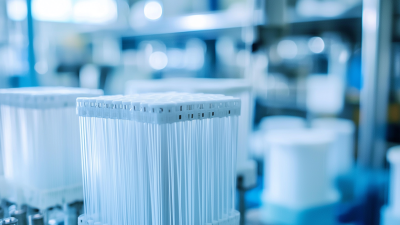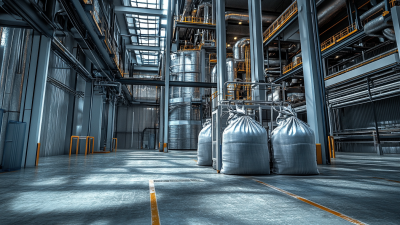Leave Your Message
Request a Quote
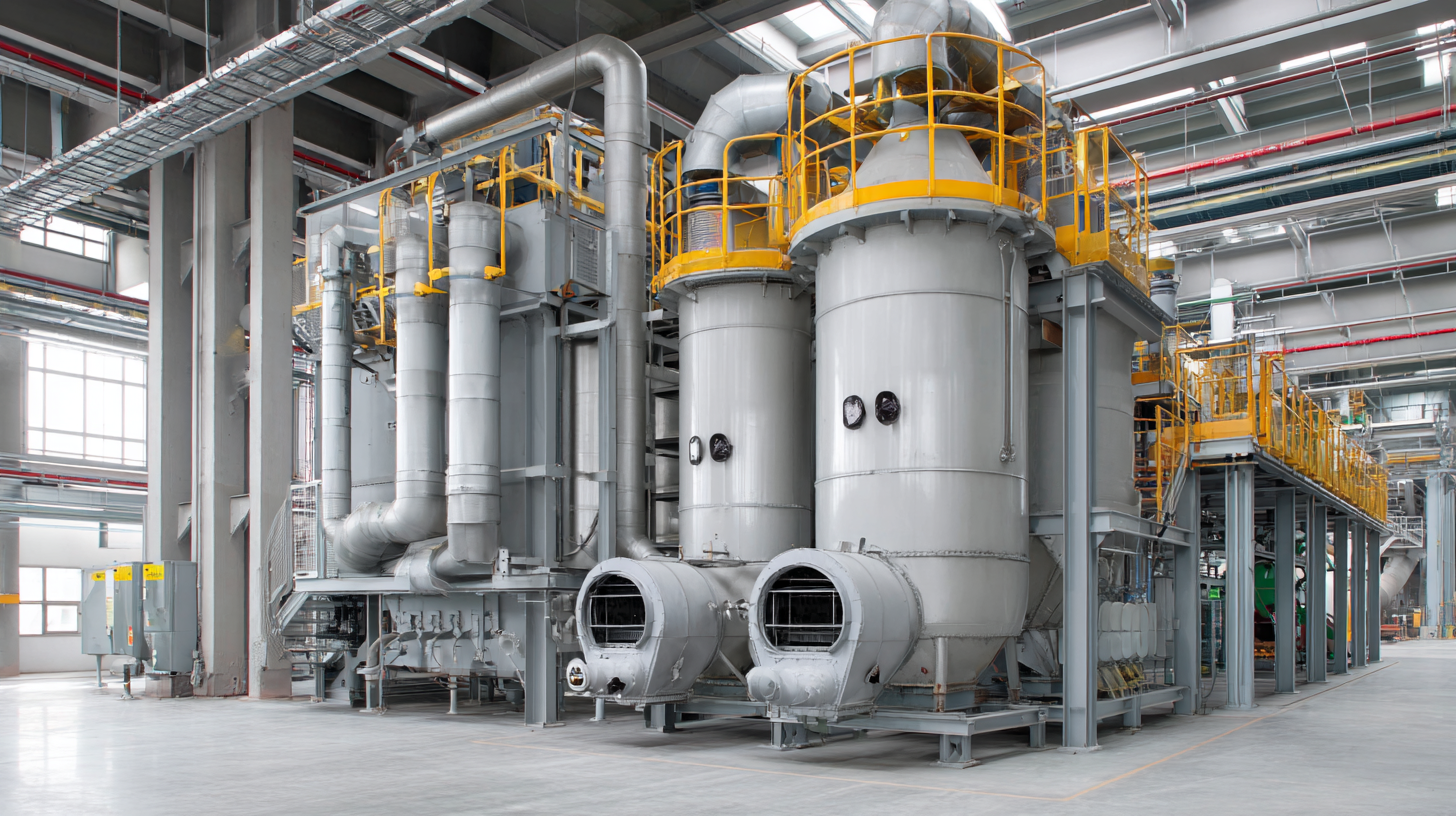 In the quest for optimal air quality within industrial environments, Bag Filtration systems emerge as a crucial solution for effective dust and pollutant control. These systems, designed to capture airborne particles and prevent their release into the atmosphere, play an essential role in maintaining compliance with stringent environmental regulations and enhancing workplace safety. This guide delves into the technical nuances and best practices associated with Bag Filtration, providing insights into system selection, maintenance, and operational efficiency.
In the quest for optimal air quality within industrial environments, Bag Filtration systems emerge as a crucial solution for effective dust and pollutant control. These systems, designed to capture airborne particles and prevent their release into the atmosphere, play an essential role in maintaining compliance with stringent environmental regulations and enhancing workplace safety. This guide delves into the technical nuances and best practices associated with Bag Filtration, providing insights into system selection, maintenance, and operational efficiency.
By exploring advanced filtration technologies and the latest innovations in bag materials, industrial stakeholders can optimize their processes, reduce emissions, and improve overall air quality. As industries strive to balance productivity and environmental responsibility, understanding the intricacies of Bag Filtration is paramount for achieving sustainable operations and fostering a healthier atmosphere for both workers and the surrounding community.
Bag filtration systems play a crucial role in maintaining air quality in industrial settings. These systems typically consist of several key components, including filter bags, housing, and a dust collection mechanism. The filter bags, often made from specialized fabrics, trap airborne particulates and contaminants, preventing them from being released into the environment. The design of the bag and the material used determine the filtration efficiency, making it essential to select the right type of bag for specific applications.
In addition to the physical components, various technologies enhance the performance of bag filtration systems. For instance, advanced regeneration techniques can prolong the lifespan of filter bags by cleaning them without needing to be replaced frequently. Furthermore, electronic monitoring systems help track the performance of the filters in real-time, ensuring optimal operation and timely maintenance. Understanding these key components and technologies is vital for industries aiming to optimize air quality while adhering to regulatory standards and improving overall operational efficiency.
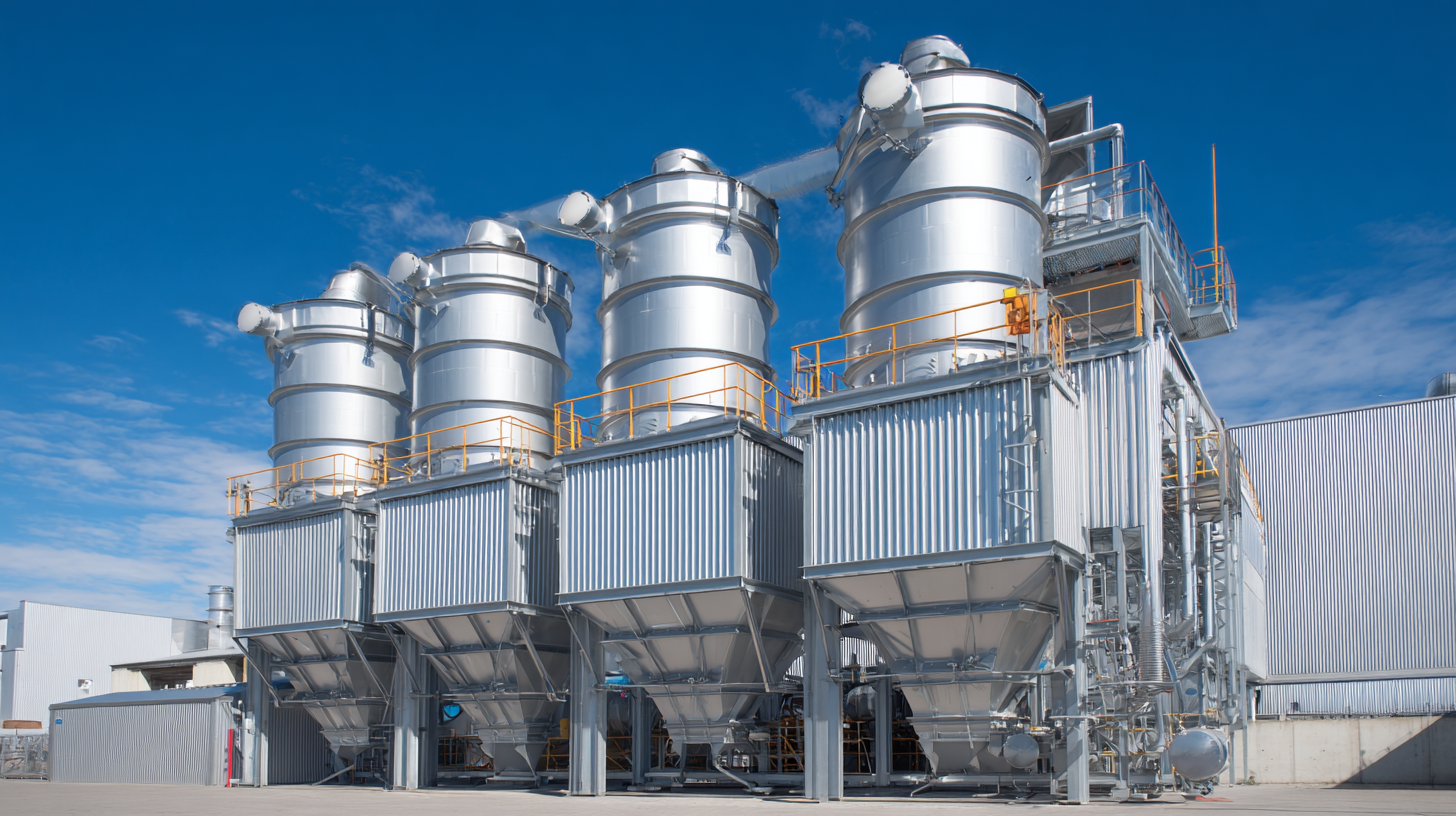
When assessing the air quality improvement capabilities of bag filtration systems in industrial settings, it's crucial to quantify their benefits. According to the U.S. Environmental Protection Agency, particulate matter (PM) significantly contributes to respiratory and cardiovascular diseases, leading to increased healthcare costs. Implementing effective bag filtration systems can reduce PM levels by up to 95%, substantially lowering health risks associated with air pollution.
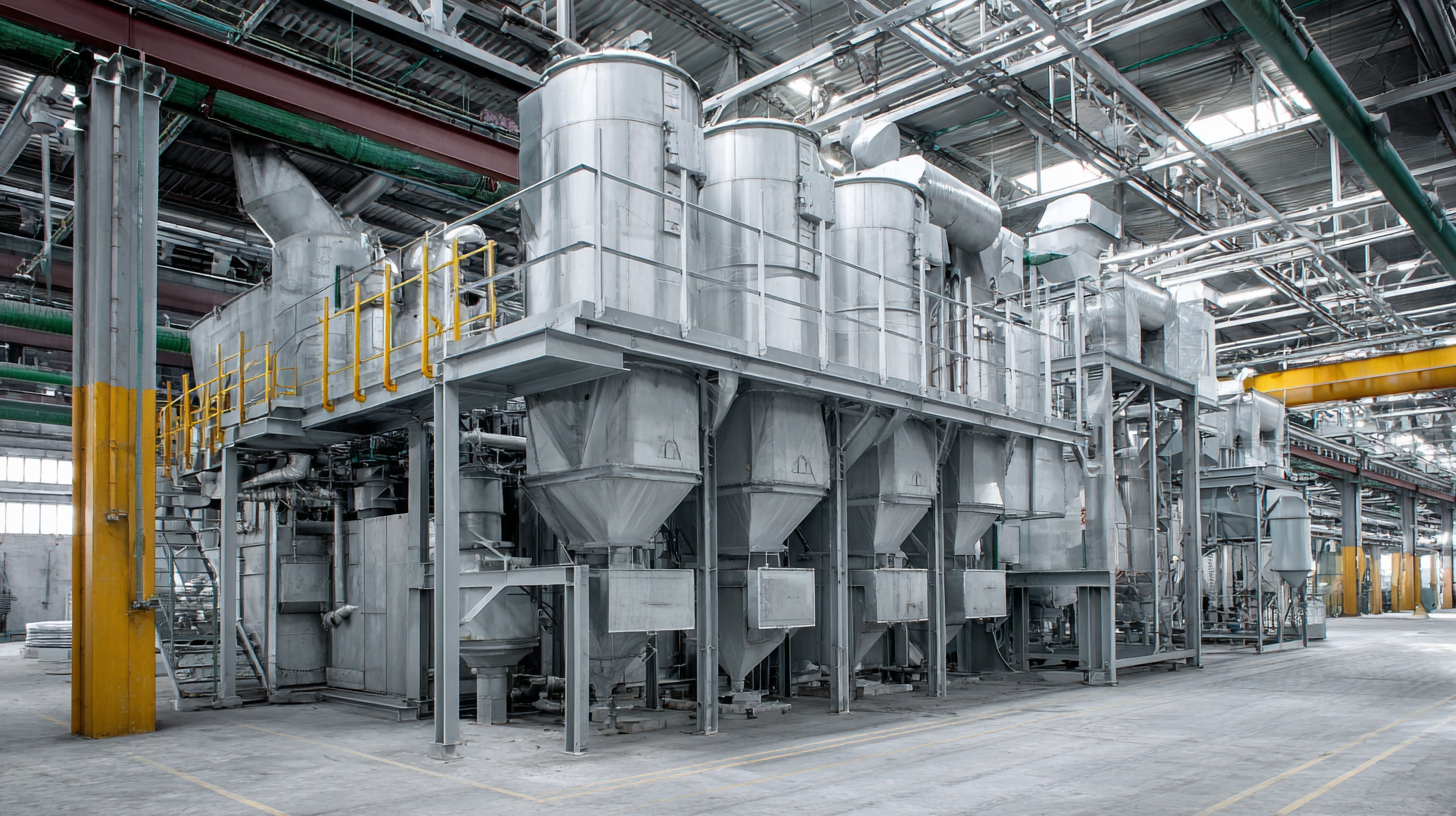
A study conducted by the Institute of Clean Air Companies indicated that companies employing advanced bag filtration technology reported an average of 20% improvement in respiratory health among employees. Additionally, these systems can enhance overall productivity by minimizing sick days taken due to air quality-related health issues. With growing environmental regulations, opting for high-efficiency bag filtration not only helps industries maintain compliance but also leads to financial savings—estimated to reach up to $500,000 annually for large manufacturing operations due to reduced fines and enhanced worker output. These quantitative benefits underscore the importance of investing in robust air filtration solutions to optimize air quality in industrial environments.
When considering the implementation of bag filtration systems for industrial air quality, a cost-benefit analysis is crucial. While the initial investment may seem substantial, the long-term savings in operational costs and health-related expenses can be significant. High-quality air filtration systems reduce emissions and comply with regulatory requirements, potentially avoiding costly fines and promoting a healthier work environment. This dual benefit of compliance and cost savings makes such systems a wise investment for any industrial facility.
Tips for evaluating the cost-effectiveness of a filtration system include analyzing the expected lifespan of the bags, maintenance requirements, and energy consumption. Investing in high-efficiency filters can lead to lower replacement frequencies and reduced energy needs, further enhancing savings. Additionally, consider the potential for enhanced productivity. Improved air quality can lead to fewer sickness-related absences, translating into savings in human resources and better overall efficiency.
Another important aspect to consider is the environmental impact. Opting for a more efficient bag filtration system not only benefits your bottom line but also contributes to a cleaner ecosystem. Companies that prioritize sustainable practices often see increased customer loyalty and improved brand image, which can lead to further financial benefits and market competitiveness.
| Air Filtration System Type | Initial Investment Cost ($) | Annual Operating Cost ($) | Annual Savings from Energy Efficiency ($) | Payback Period (Years) | Environmental Impact Rating (1-5) |
|---|---|---|---|---|---|
| Baghouse Filter | 50,000 | 10,000 | 8,000 | 6.25 | 4 |
| Electrostatic Precipitator | 70,000 | 15,000 | 10,000 | 7 | 5 |
| Cartridge Filter | 30,000 | 8,000 | 6,500 | 3.85 | 3 |
| HEPA Filter System | 40,000 | 12,000 | 9,000 | 4.56 | 4 |
In industrial environments, maintaining air quality is not just a regulatory requirement but also a critical component of operational efficiency and worker health. According to the U.S. Environmental Protection Agency (EPA), industries are required to comply with the National Ambient Air Quality Standards (NAAQS) which are designed to protect public health and the environment. Failure to meet these standards can lead to significant fines and operational restrictions, underscoring the importance of effective filtration systems.
Bag filtration systems are an essential technology for achieving compliance with these air quality regulations. For instance, a report by the International Society of Automation highlights that well-designed baghouse systems can reduce particulate emissions by up to 99%, effectively controlling dust and other harmful pollutants. With increased regulatory scrutiny and the push for greener practices, industries are turning to advanced filtration solutions that not only meet but exceed regulatory standards, paving the way for better air quality and a healthier workplace. Implementing these systems can also enhance overall efficiency, as cleaner air often leads to improved equipment performance and reduced maintenance costs.
This chart illustrates the effectiveness of bag filtration systems in reducing particulate matter levels in industrial applications. It displays the particulate matter concentration measured before filtration, after bag filtration, and post-filtration, highlighting the significant improvements achieved through effective air quality management systems.
The landscape of bag filtration technology is undergoing rapid transformation, driven by a growing demand for improved air quality in industrial settings. Innovations such as advanced materials and cutting-edge filtration designs are paving the way for higher efficiency and longer service life. New synthetic fibers, for instance, boast enhanced dust capture capabilities while reducing energy consumption, thus addressing both environmental concerns and operational costs. Additionally, the integration of smart sensors and IoT technologies allows for real-time monitoring and data analysis, enabling proactive maintenance and optimization of filtration systems.
Companies are increasingly adopting nanofiber technology, which offers superior filtration performance by capturing smaller particulates that traditional filters may miss. This advancement not only ensures compliance with stringent air quality regulations but also enhances worker safety and product quality. Furthermore, the movement towards sustainable practices is sparking interest in recyclable and biodegradable materials for bag filtration systems. As industries embrace these innovations, they can expect not only to meet current environmental challenges but also to prepare for future regulatory changes, setting a new standard in air filtration efficiency and sustainability.

